We put the Google Pixel 7 Pro through our rigorous DXOMARK Selfie test suite to measure its performance in photo and video from an end-user perspective. This article breaks down how the device fared in a variety of tests and several common use cases and is intended to highlight the most important results of our testing with an extract of the captured data.
Overview
Key front camera specifications:
- 10.8MP sensor with 1.22μm pixels
- f/2.2 aperture lens
- 92.8º Field of view
- Fixed focus
- 4K video at 30/60fps (4K at 30fps tested)
Scoring
Sub-scores and attributes included in the calculations of the global score.
Google Pixel 7 Pro


 13th
13th 12th
12thPros
- Natural skin tones and nice white balance, even in difficult conditions
- Generally accurate target exposure and wide dynamic range
- Effective video stabilization
- Fairly wide depth of field
- Fairly low noise in bright light and indoor conditions
Cons
- Slight loss of fine detail
- Out-of-focus faces at close shooting distance
- Image noise in low light
With a DXOMARK Selfie score of 142, the Google Pixel 7 Pro achieves a spot among the best in our front camera ranking. On the Pixel 7 Pro, Google uses the new second generation of its in-house Tensor chipset and a Samsung image sensor instead of the Sony units in previous models. However, the new sensor is very close to the old one in terms of size and pixel count. The rest of the front camera specification, including focal length and focus point, remains pretty much unchanged as well, but despite the very similar front camera hardware, the new model offers a slightly improved overall performance when compared to last year’s Pixel 6 Pro, thanks to better software and tuning.
Like previous Pixel devices, the 7 Pro performs particularly well in terms of skin tone rendering. Google’s “True tone” rendering is capable of producing natural skin tones in still images and videos across all skin types, including dark skin tones, which most other devices struggle with. The Pixel 7 Pro photos and video clips also show good exposure and a wide dynamic range, capturing good detail from the brightest to the darkest parts of the image. The camera also keeps unwanted image artifacts very well under control and is capable of creating a natural-looking bokeh effect in portrait mode.
Test summary
About DXOMARK Selfie tests: For scoring and analysis, DXOMARK engineers capture and evaluate more than 1,500 test images both in controlled lab environments and in outdoor, indoor and low-light natural scenes, using the front camera’s default settings. The photo protocol is designed to take into account the user’s needs and is based on typical shooting scenarios, such as close-up and group selfies. The evaluation is performed by visually inspecting images against a reference of natural scenes, and by running objective measurements on images of charts captured in the lab under different lighting conditions from 1 to 1,000+ lux and color temperatures from 2,300K to 6,500K. For more information about the DXOMARK Selfie test protocol, click here. More details on how we score smartphone cameras are available here. The following section gathers key elements of DXOMARK’s exhaustive tests and analyses .Full performance evaluations are available upon request. Please contact us on how to receive a full report.
Photo
Google Pixel 7 Pro
149
The Pixel 7 Pro front camera really shines for color. Skin tone rendering is nice across different skin types, and white balance is natural and stable. The Google device also does very well for exposure. Target exposure tends to be accurate, with a wide dynamic range, but occasionally some instabilities can be noticeable. Our testers also noted a small number of underexposures among our thousands of test shots. Depth of field is pretty wide, providing good sharpness on subjects in almost all focus planes. Only faces very close to the lens (30cm or less) can be out of focus. Image noise is mostly well under control, but we observed some loss of fine detail. Image artifacts are well under control as well.

Exposure
Google Pixel 7 Pro
99
Exposure is one of the key attributes for technically good pictures. The main attribute evaluated is the brightness of the face(s) in various use cases and light conditions. Other factors evaluated are the contrast and the dynamic range, eg. the ability to render visible details in both bright and dark areas of the image. Repeatability is also important because it demonstrates the camera's ability to provide the same rendering when shooting consecutive images in a row.
Target exposure is generally accurate, and the camera offers a wide dynamic range. However, slight tone mapping instabilities are noticeable on occasion.
In high-contrast scenes like this backlit selfie shot, target exposure can be slightly low.

Color
Google Pixel 7 Pro
110
Color is one of the key attributes for technically good pictures. The image quality attributes analyzed are skin-tone rendering, white balance, color shading, and repeatability.
Color is a strong point for the Google Pixel 7 Pro. It offers nice white balance and skin tones in most test conditions — across all types of skin tones. Color is also stable across a series of shots.
Even in challenging conditions, like the scene below, with an almost monochrome background, in low light and with high contrasts, the Pixel 7 Pro is capable of delivering accurate color. Skin tones on the Pixel 7 Pro look natural. The iPhone, on the other hand, shows a warm cast that affects skin tone rendering. Skin tones on the Huawei are acceptable but look paler and less pleasant than on the comparison devices.

Focus
Google Pixel 7 Pro
105
Autofocus tests evaluate the accuracy of the focus on the subject’s face, the repeatability of an accurate focus, and the depth of field. While a shallow depth of field can be pleasant for a single-subject selfie or close-up shot, it can be problematic in specific conditions such as group selfies; both situations are tested. Focus accuracy is also evaluated in all the real-life images taken, from 30cm to 150cm, and in low light to outdoor conditions.
Depth of field is similarly wide as on previous Google devices, providing decent sharpness across several focus planes.
However, in close-up shots (30cm or less) the subject’s face is out of focus.

Texture
Google Pixel 7 Pro
79
Texture tests analyze the level of details and the texture of subjects in the images taken in the lab as well as in real-life scenarios. For natural shots, particular attention is paid to the level of details in facial features, such as the eyes. Objective measurements are performed on chart images taken in various lighting conditions from 1 to 1000 lux and different kinds of dynamic range conditions. The charts used are the proprietary DXOMARK chart (DMC) and the Dead Leaves chart.
The Pixel 7 Pro produces acceptable texture in most test conditions, both in lab measurements and real-life scenes. However, compared to the iPhone 13 Pro and Huawei P50 Pro some fine detail is lost.

Noise
Google Pixel 7 Pro
94
Noise tests analyze various attributes of noise such as intensity, chromaticity, grain, and structure on real-life images as well as images of charts taken in the lab. For natural images, particular attention is paid to the noise on faces, but also on dark areas and high dynamic range conditions. Objective measurements are performed on images of charts taken in various conditions from 1 to 1000 lux and different kinds of dynamic range conditions. The chart used is the DXOMARK Dead Leaves chart and the standardized measurement such as Visual Noise derived from ISO 15739.
Image noise is generally well under control in outdoor and indoor lighting. In low light, it becomes a little more intrusive. The same is true for the shadow areas in high-contrast scenes.

Artifacts
Google Pixel 7 Pro
91
The artifacts evaluation looks at lens shading, chromatic aberrations, distortion measurement on the Dot chart and MTF, and ringing measurements on the SFR chart in the lab. Particular attention is paid to ghosting, quantization, halos, and hue shifts on the face among others. The more severe and the more frequent the artifact, the higher the point deduction on the score. The main artifacts observed and corresponding point loss are listed below.
Artifacts are overall well controlled on the Pixel 7 Pro front camera. Our testers only observed a few color quantization artifacts, especially in low-light images.

Bokeh
Google Pixel 7 Pro
80
Bokeh is tested in one dedicated mode, usually portrait or aperture mode, and analyzed by visually inspecting all the images captured in the lab and in natural conditions. The goal is to reproduce portrait photography comparable to one taken with a DSLR and a wide aperture. The main image quality attributes paid attention to are depth estimation, artifacts, blur gradient, and the shape of the bokeh blur spotlights. Portrait image quality attributes (exposure, color, texture) are also taken into account.
Compared to the predecessor Pixel 6 Pro, selfie bokeh is a major improvement, thanks to a new blur gradient effect which helps make the final result look more realistic. As a result, the bokeh score has increased from 65 to 70.
However, the Pixel 7 Pro is not quite yet on the level of the iPhone 13 Pro in terms of selfie bokeh mode. There is no difference in blur intensity between elements in the scene that are close to or far away from the lens. With objects in the scene at the same distance to the camera as the subject, depth estimation is also less accurate.
Video
Google Pixel 7 Pro
156
DXOMARK engineers capture and evaluate more than 2 hours of video in controlled lab environments and in natural low-light, indoor and outdoor scenes, using the front camera’s default settings. The evaluation consists of visually inspecting natural videos taken in various conditions and running objective measurements on videos of charts recorded in the lab under different conditions from 1 to 1000+ lux and color temperatures from 2,300K to 6,500K.
Like for still images, in video mode, the Pixel 7 Pro performs particularly well for exposure and color. Skin tones are rendered nicely and the camera produces good exposures with a wide dynamic range. We observed high levels of temporal noise but fine detail is well preserved in Pixel 7 Pro video clips. Our testers also noticed some oversharpening, resulting in unnatural texture rendering. Video stabilization is effective at counteracting camera motion but sharpness differences between frames are visible when walking while recording video.

Exposure
Google Pixel 7 Pro
87
Exposure tests evaluate the brightness of the face and the dynamic range, eg. the ability to render visible details in both bright and dark areas of the image. Stability and temporal adaption of the exposure are also analyzed.
In video mode, the Pixel 7 Pro produces accurate exposure in most test conditions and a wide dynamic range ensures good highlight and shadow detail. Exposure is also very consistent, with hardly any instabilities.

Color
Google Pixel 7 Pro
90
Image-quality color analysis looks at skin-tone rendering, white balance, color shading, stability of the white balance and its adaption when light is changing.
Pixel 7 Pro selfie videos show natural skin tones and accurate white balance in most bright light and indoor scenes, even in difficult backlit scenes.

Focus
Google Pixel 7 Pro
92
A fairly wide depth of field ensures good sharpness across all faces in group shots.

Texture
Google Pixel 7 Pro
97
Texture tests analyze the level of details and texture of the real-life videos as well as the videos of charts recorded in the lab. Natural video recordings are visually evaluated, with particular attention paid to the level of detail on the facial features. Objective measurements are performed of images of charts taken in various conditions from 1 to 1000 lux. The chart used is the Dead Leaves chart.
Our lab measurements show high levels of detail for the Pixel 7 Pro in all conditions. However, our testers occasionally also observed some unnatural texture rendering.

Noise
Google Pixel 7 Pro
83
Noise tests analyze various attributes of noise such as intensity, chromaticity, grain, structure, temporal aspects on real-life video recording as well as videos of charts taken in the lab. Natural videos are visually evaluated, with particular attention paid to the noise on faces. Objective measurements are performed on the videos of charts recorded in various conditions from 1 to 1000 lux. The chart used is the DXOMARK visual noise chart.
Temporal noise is often noticeable in the Pixel 7 Pro selfie clips, but noise levels have decreased when compared to last year’s Pixel 6 Pro, resulting in an improved texture/noise trade-off.
Stabilization evaluation tests the ability of the device to stabilize footage thanks to software or hardware technologies such as OIS, EIS, or any others means. The evaluation looks at overall residual motion on the face and the background, smoothness and jello artifacts, during walk and paning use cases in various lighting conditions. The video below is an extract from one of the tested scenes.
In terms of video stabilization, the Google Pixel 7 Pro uses a similar approach as the Pixel 6 Pro. Google’s Steadiface algorithm stabilizes the background of the clip, rather than the subject like on some other devices.

Artifacts
Google Pixel 7 Pro
92
Artifacts are evaluated with MTF and ringing measurements on the SFR chart in the lab as well as frame-rate measurements using the LED Universal Timer. Natural videos are visually evaluated by paying particular attention to artifacts such as quantization, hue shift, and face-rendering artifacts among others. The more severe and the more frequent the artifact, the higher the point deduction from the score. The main artifacts and corresponding point loss are listed below
Like for stills, the Pixel 7 Pro controls unwanted artifacts well in video mode. However, some penalty points were applied for frame rate changes, ringing and color quantization effects.





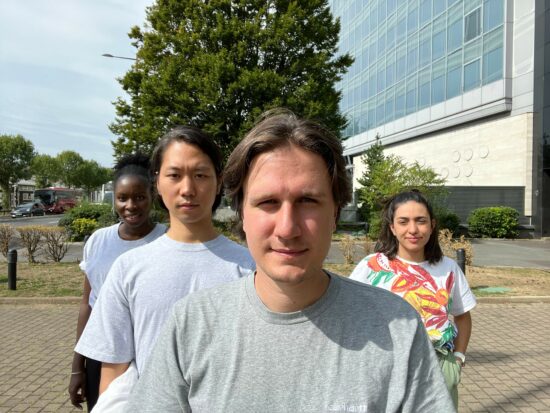
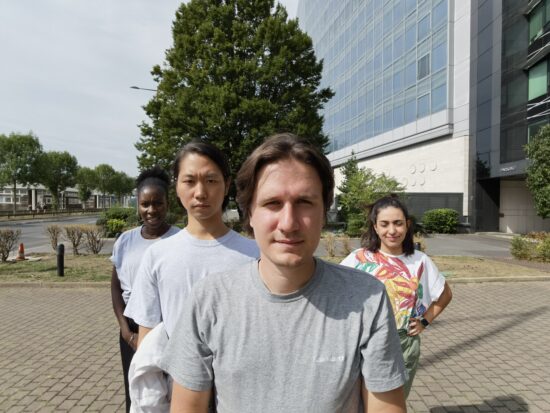
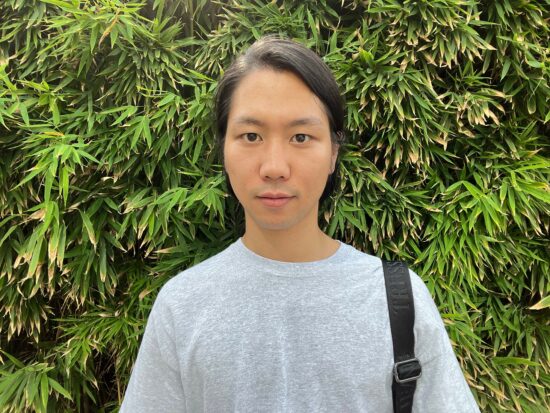
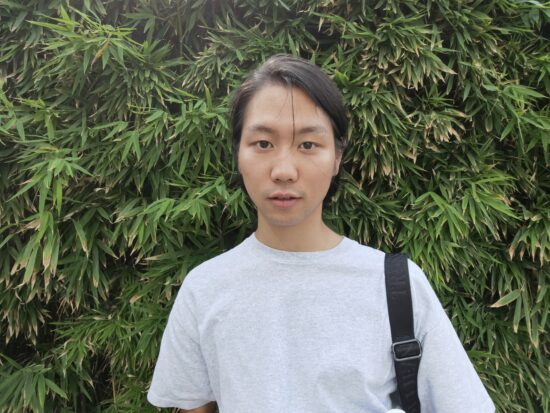
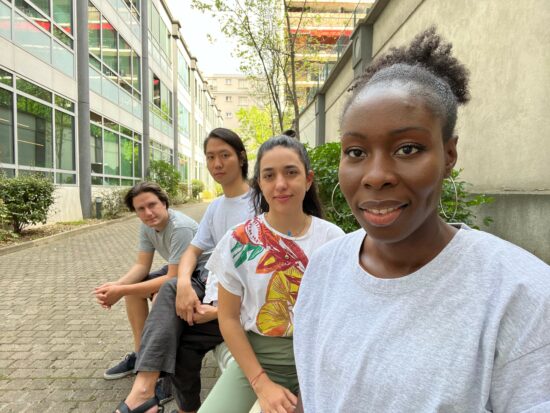
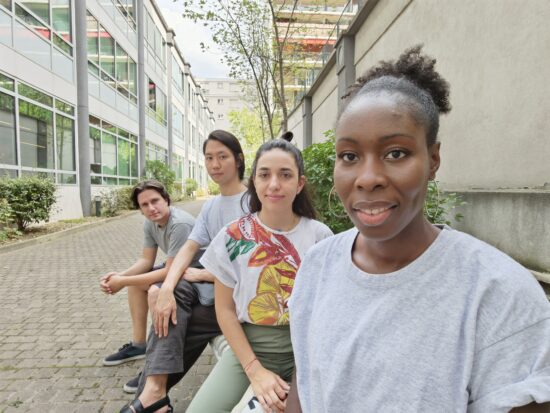
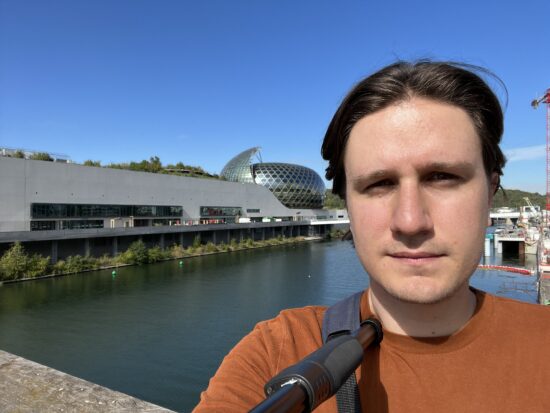
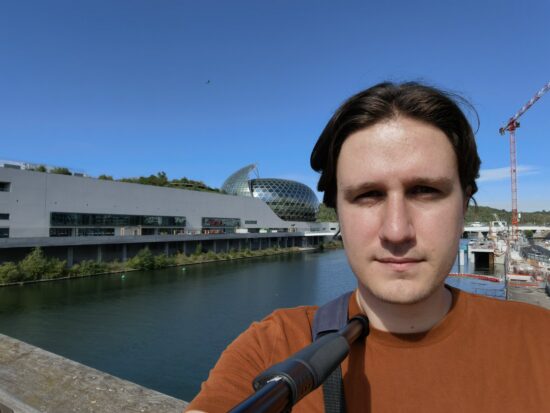
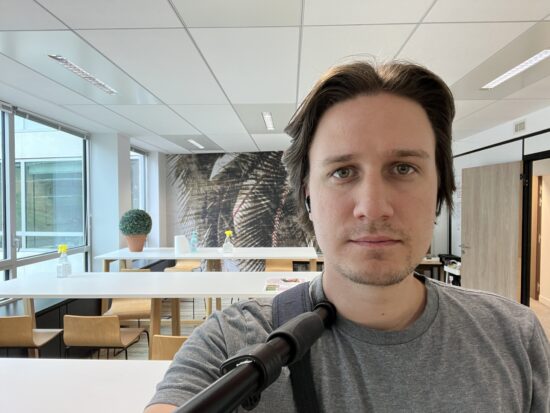
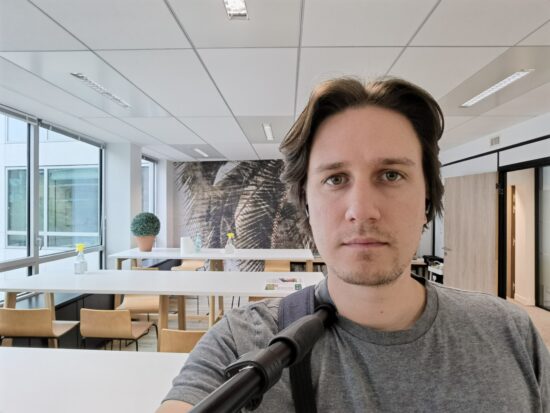
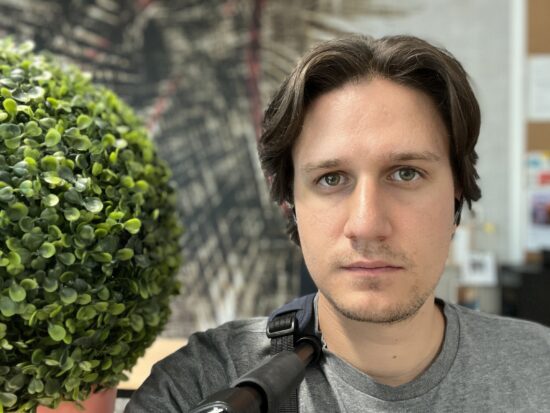
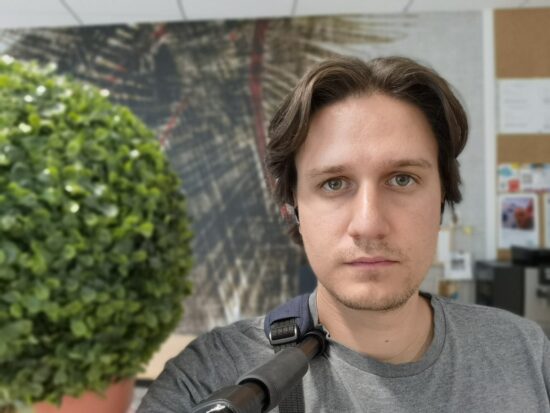

DXOMARK encourages its readers to share comments on the articles. To read or post comments, Disqus cookies are required. Change your Cookies Preferences and read more about our Comment Policy.